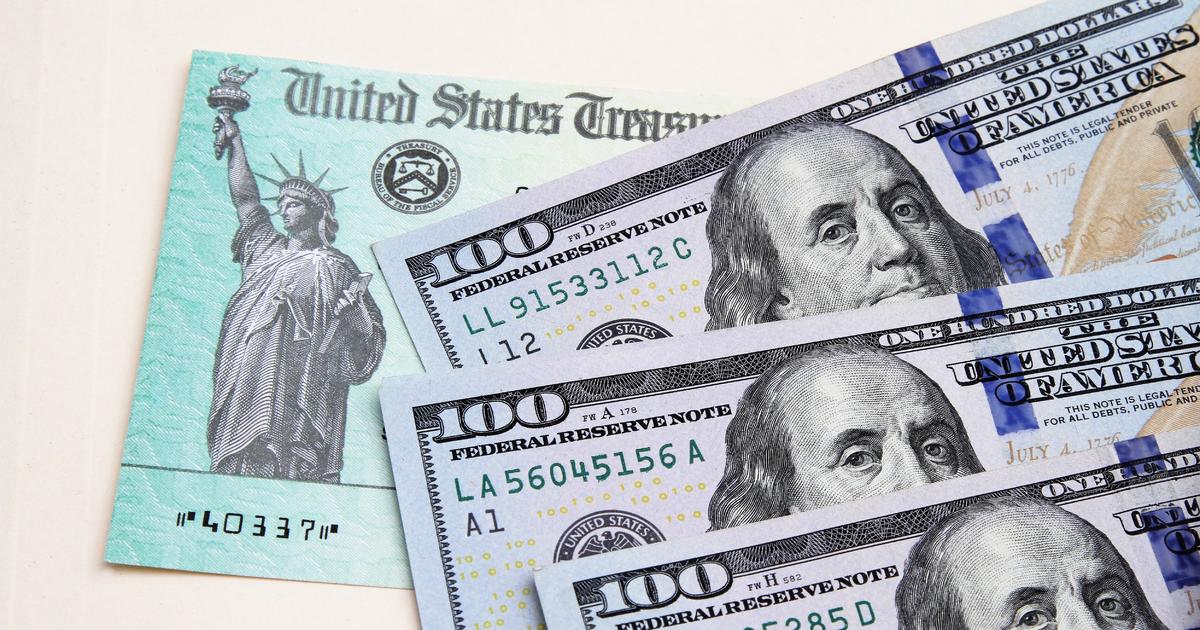The IRS is extending the deadline for as many as 9 million Americans to register to receive a federal stimulus check, an emergency payment approved this spring aimed at softening the economic blow of the coronavirus pandemic.
The IRS said people now have until November 21, rather than October 15, to register for IRS.gov’s non-filer tool to receive the money, which the government calls “economic impact” payments. The extension comes as the tax agency tries to reach millions of individuals who may qualify for the relief payment but have yet to receive it.
Registering with the non-filers tool mostly pertains to people who don’t typically file a federal income tax return. When the IRS distributed the stimulus checks earlier this year — sending the payments to 160 million people over a stretch of several months— the agency at first relied on tax returns to get recipients’ bank account information for direct deposits or mailing addresses for paper checks.
But some low-income people and seniors aren’t required to file tax returns, which means they may have been overlooked in the initial distribution of stimulus checks.
“We took this step to provide more time for those who have not yet received a payment to register to get their money, including those in low-income and underserved communities,” IRS Commissioner Chuck Rettig said in a statement Monday.
Meanwhile, a second stimulus check could be heading to U.S. households under a revised stimulus bill from House Democrats. While the odds of passing the bill remain long, negotiations are ongoing between House Speaker Nancy Pelosi and Treasury Secretary Steven Mnuchin.
The bill, called the updated HEROES Act, which stands for Health and Economic Recovery Omnibus Emergency Solutions Act, would provide the same amount in stimulus payments to U.S. households as the first round of checks, as well as restore $600 in extra weekly jobless benefits, among other efforts.
Tracking down the eligible
The first round of stimulus payments offered individuals $1,200, or $2,400 per married couple, as well as $500 per child. The full amount was available for single people earning less than $75,000 and for married couples earning less than $150,000. Payments decreased until the checks were phased out entirely for single taxpayers with income of $99,000 and $198,000 for married couples.
While the concept of distributing stimulus payments to America’s taxpayers appeared simple, it proved complicated to execute. Because millions of Americans don’t file tax returns, the IRS struggled to reach those households, which tend to be poor or from disadvantaged communities.
There were also delays for people who had relied on tax preparers — because the IRS in some cases didn’t have direct deposit information for those filers — and people whose tax returns had been flagged for review by the tax agency.
The IRS said the non-filers tool is aimed at people who earn less than $24,400 for married couples or $12,200 for single people who can’t be claimed as a dependent on another person’s tax return.
No change in October 15 tax deadline
The IRS reiterated on Monday that the the deadline to file tax returns for people who requested an extension remains October 15.
Because of the pandemic, the agency had delayed the regular tax filing deadline from April 15 to July 15. Taxpayers could request an extension until October 15 — and that October 15 deadline for tax filers remains firm, the agency said in its statement Monday.
“This additional time into November is solely for those who have not received their [stimulus checks] and don’t normally file a tax return,” the agency said. “For taxpayers who requested an extension of time to file their 2019 tax return, that deadline date remains October 15.”
Rettig said the non-filers tool won’t be available after November 21, noting, “Any further extension beyond November would adversely impact our work on the 2020 and 2021 filing seasons.”
